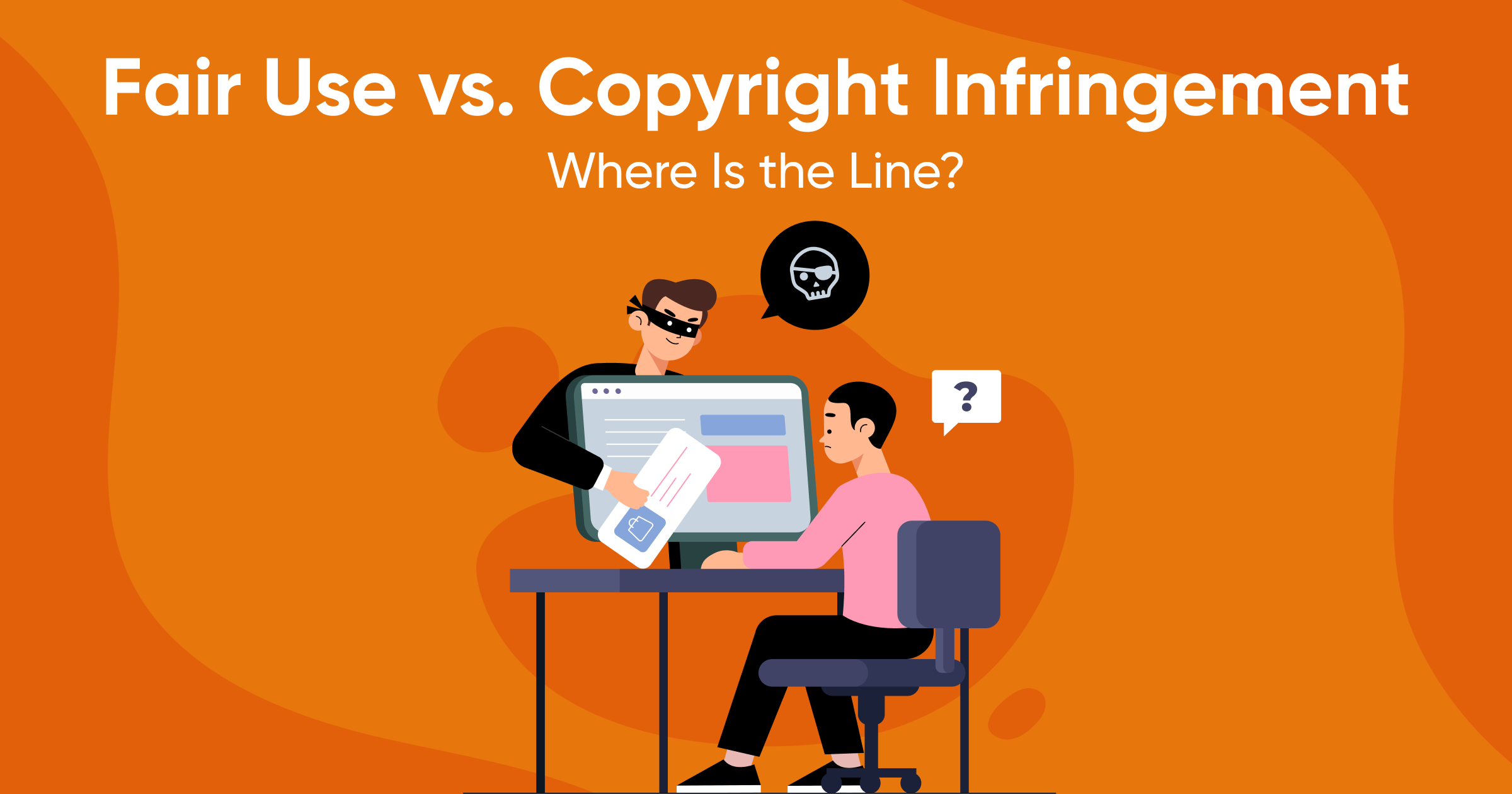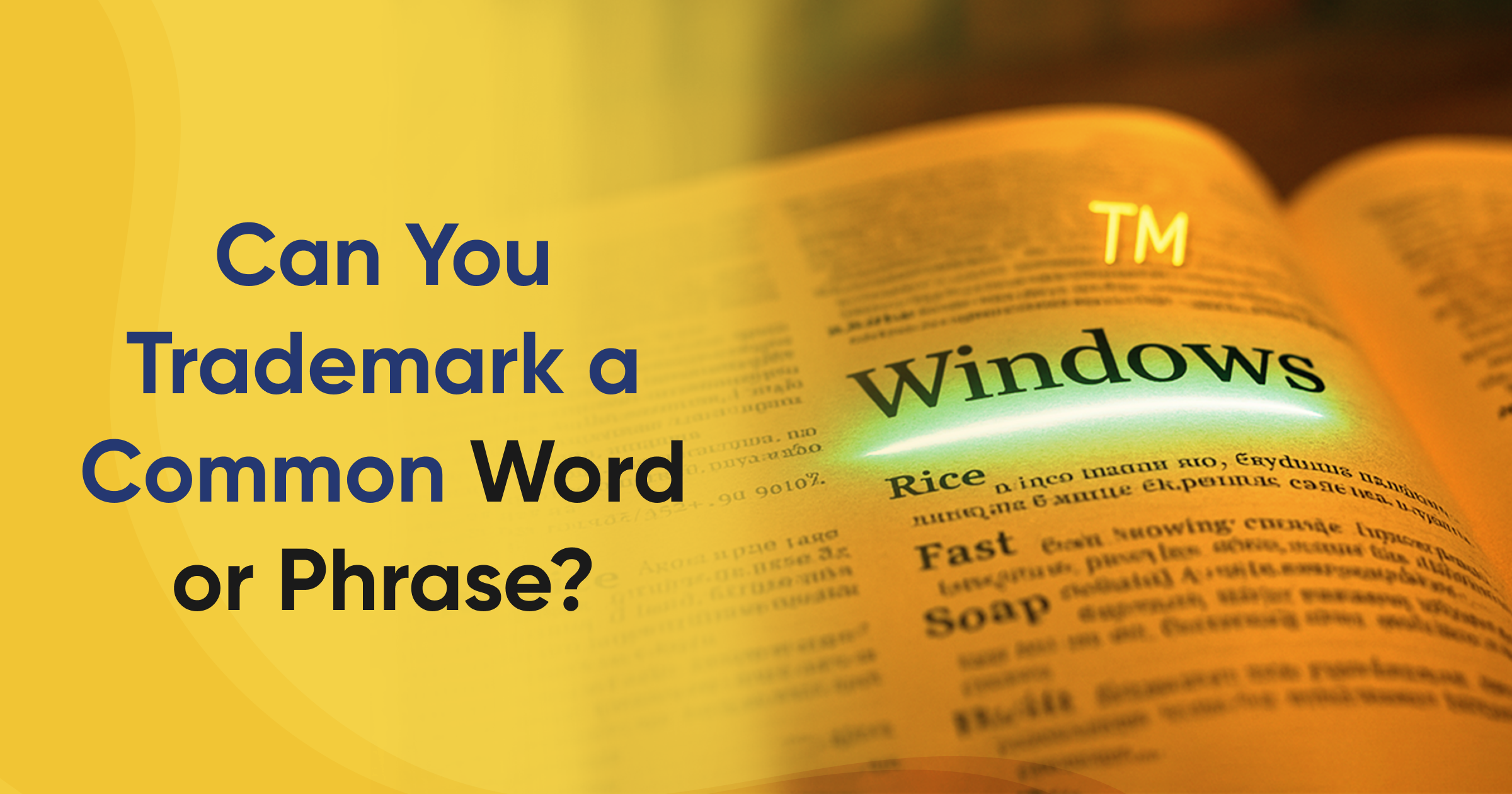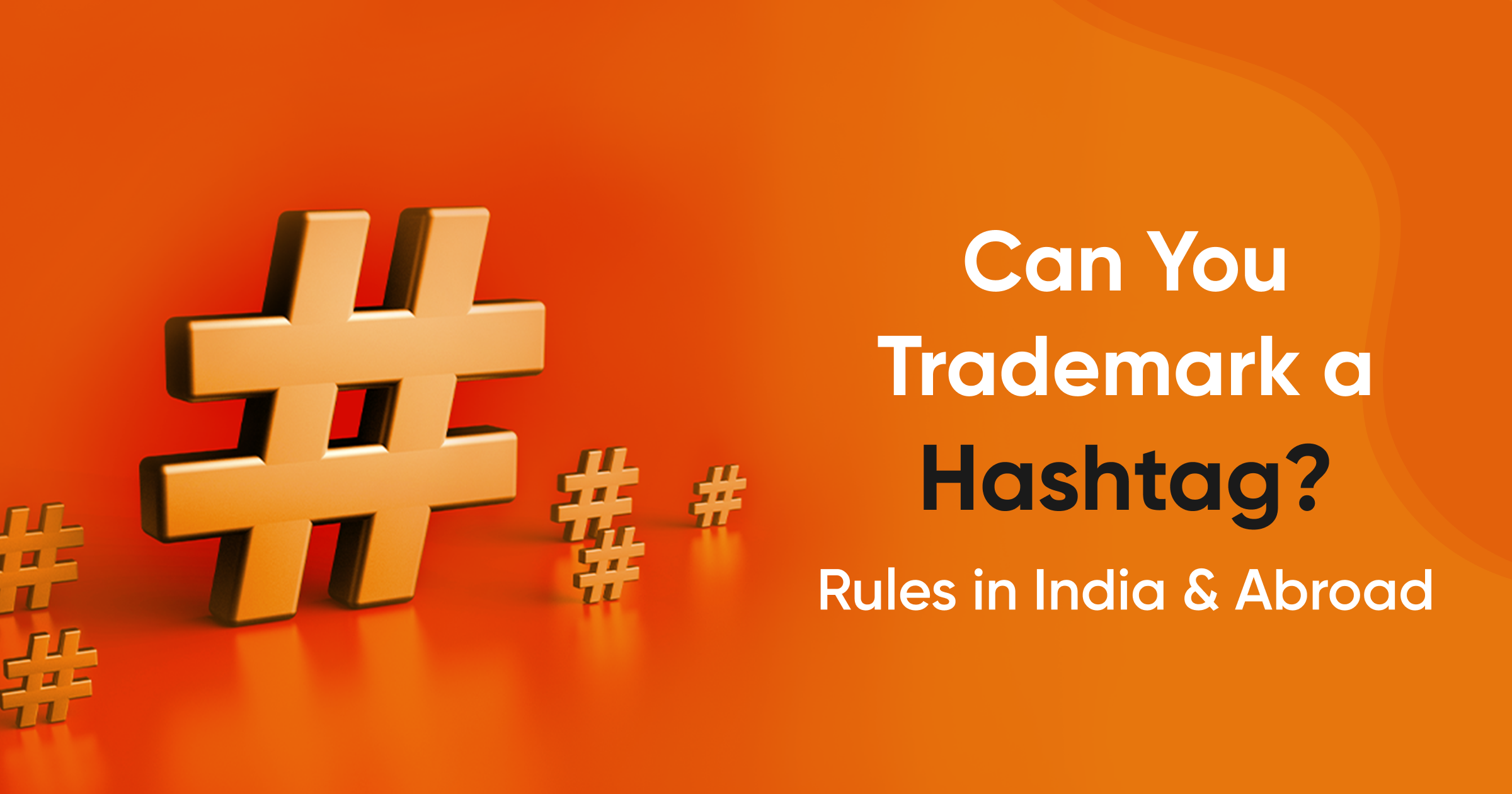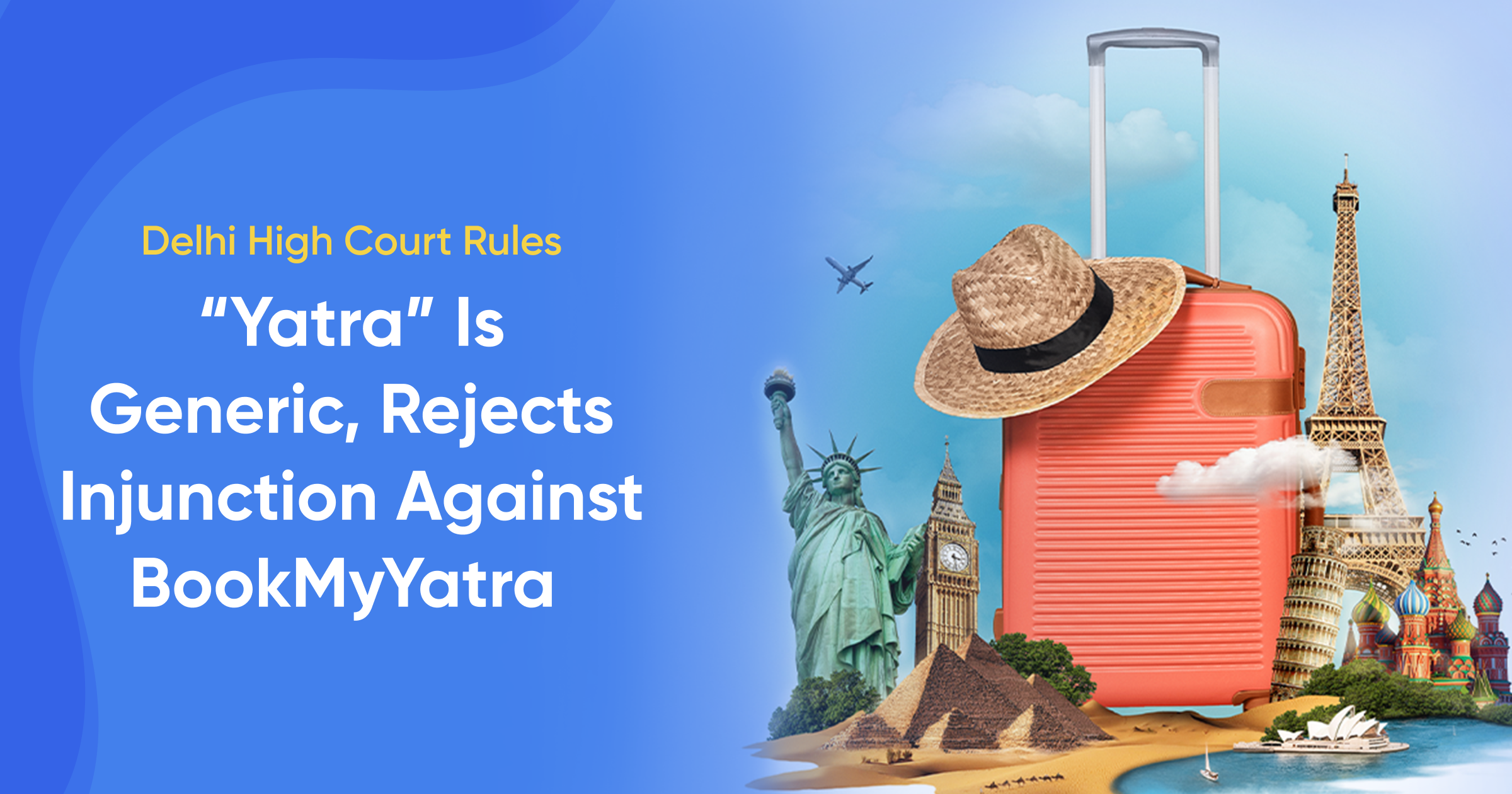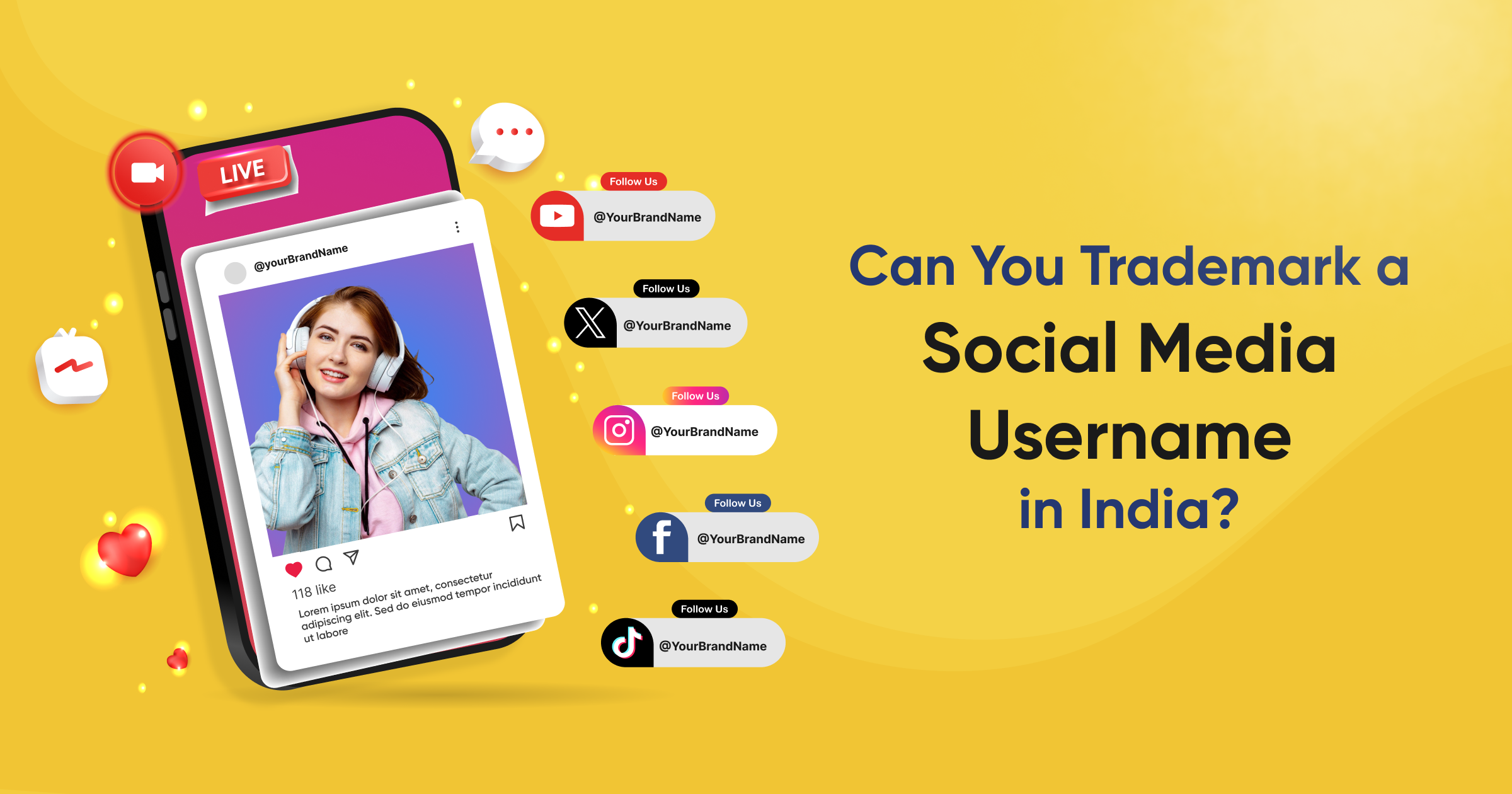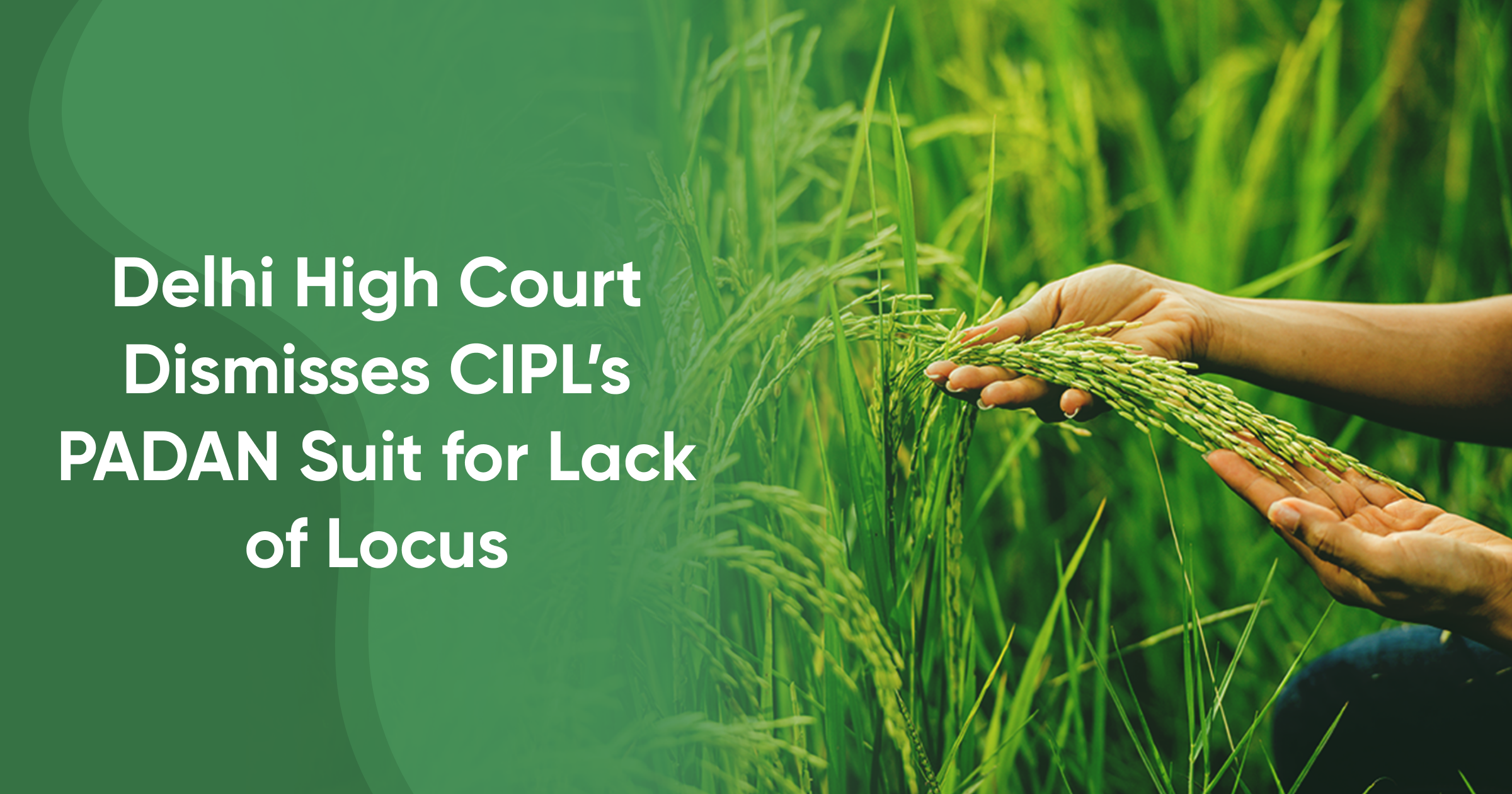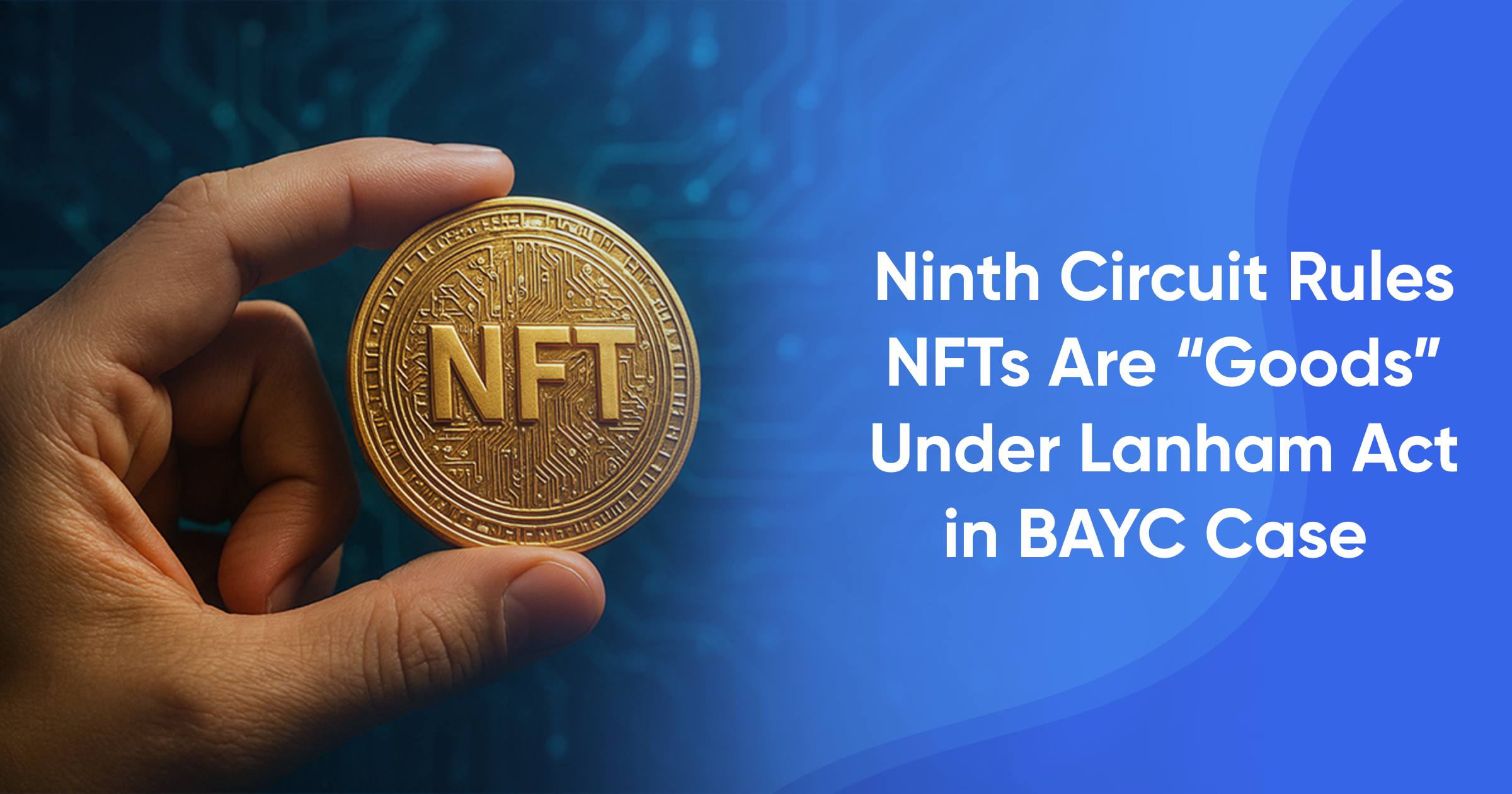Introduction
In the digital age, content is shared and repurposed at an unprecedented rate. With so much creative material readily available, understanding the difference between fair use and copyright infringement is critical, especially for creators, businesses, and educators in India. This blog explores where the line is drawn, helping you navigate copyright laws confidently and responsibly.
Understanding Copyright in India
Copyright law grants creators exclusive rights over their work, including reproduction, distribution, and adaptation. In India, copyright is governed by the Copyright Act of 1957, protecting literary, musical, artistic, and cinematographic works, among others. Copyright infringement occurs when someone uses a copyrighted work without permission, but there are exceptions. Fair use, or "fair dealing" as it’s known in India, allows limited use of copyrighted material under specific conditions. However, the boundaries of fair use can be unclear, leading to legal challenges.
What is Fair Use (or Fair Dealing) in India?
Fair use, or fair dealing in India, is a legal principle that allows limited use of copyrighted material without the need for permission from the copyright holder. This exception exists to encourage creativity, education, research, and criticism. In India, fair dealing typically applies in specific contexts such as research, private study, criticism, review, and reporting of current events. However, unlike the U.S., fair dealing in India is narrower and is not a general defense. Each use is evaluated based on specific factors and context.
Key Factors Determining Fair Use vs. Copyright Infringement
When assessing whether a use qualifies as fair, certain factors are considered. These factors help determine whether the use is fair or if it constitutes copyright infringement:
- Purpose and Character of Use: Non-commercial, educational, or critical use is generally more likely to be considered fair. In contrast, commercial use often leans toward infringement unless it transforms the original content in a meaningful way.
- Nature of the Copyrighted Work: Use of factual or non-fictional works may be viewed more leniently than the use of highly creative or original works like songs or novels. Courts may weigh the purpose of the content itself in determining fair use.
- Amount and Substantiality: If only a small portion of the work is used, it may fall under fair use. However, if the “heart” or central part of the work is used, it’s more likely to be considered infringement, regardless of quantity.
- Effect on the Market Value: If the use of the copyrighted material negatively impacts the original work’s value or sales, it is less likely to be considered fair use. This factor is particularly important in cases involving commercial use.
Examples of Fair Use and Copyright Infringement
Understanding the boundaries of fair use can be challenging. Here are some examples to illustrate the differences:
Fair Use Examples:
- Educational Use: A teacher photocopies a few pages from a book to share with students for a lesson. This use is likely to be considered fair dealing.
- Criticism and Review: Quoting a few lines from a movie in a review or using a brief clip to comment on a film’s quality can fall under fair use.
- Parody and Satire: Creating a parody that transforms the original work to make a social or comedic point is often considered fair use.
Copyright Infringement Examples:
- Unlicensed Music in Videos: Using a copyrighted song as background music in a YouTube video without permission is likely to be considered infringement.
- Republishing Full Articles: Copying and reposting an entire article from a website without permission would generally be copyright infringement.
- Commercial Use of Images: Using copyrighted images in a marketing campaign without proper licensing would be considered infringement.
Fair Use in the Digital Age: Social Media, Memes, and More
Social media has transformed content sharing, blurring the lines between fair use and infringement. Platforms like Instagram, YouTube, and Twitter are filled with reposted images, memes, and videos. While some users believe social media makes everything “fair game,” copyright laws still apply.
Using copyrighted content on social media, even for non-commercial purposes, can be risky. For example, reposting a photo without permission or using a popular song in a video without a license can lead to copyright claims. To stay within fair use, creators should use original content, license materials when necessary, or ensure their use meets fair dealing criteria.
Fair Use vs. Copyright Infringement: Legal Cases in India
Several legal cases in India have clarified the scope of fair dealing. For instance, in India TV Independent News Service Pvt Ltd v. Yashraj Films Pvt Ltd, the court ruled that using brief excerpts of a movie for news reporting fell under fair dealing. Similarly, in The Chancellor Masters and Scholars of the University of Oxford v. Rameshwari Photocopy Services, the court recognized the educational use of photocopied materials for university students as fair dealing.
These cases highlight how Indian courts often favor public interest in education and news reporting when determining fair dealing. However, each case is unique, and what constitutes fair use depends on context and purpose.
Protecting Your Content and Avoiding Copyright Infringement
For content creators, businesses, and individuals, understanding how to protect content and avoid copyright infringement is essential. Here are some best practices to help safeguard your content while respecting others’ copyrights:
- Use Licensed Content: Whenever possible, use content with a proper license. Royalty-free and Creative Commons licenses offer a wide range of media that can be used legally.
- Seek Permission: For content you plan to use extensively, especially for commercial purposes, it’s wise to seek permission or purchase a license.
- Create Original Content: Relying on original work not only ensures that your content is unique but also eliminates copyright issues.
- Give Credit: If you’re quoting or referencing someone else’s work, provide appropriate attribution to avoid claims of infringement.
Trademarkia offers support in copyright registration, helping Indian creators secure their original work and navigate the complexities of copyright law.
The Consequences of Copyright Infringement
Copyright infringement can lead to significant legal and financial repercussions. In India, infringement may result in penalties, fines, and in severe cases, imprisonment. Additionally, platforms like YouTube and Facebook can remove infringing content, suspend accounts, or issue warnings. For businesses, copyright infringement can damage brand reputation and erode customer trust, making it essential to understand the boundaries of fair use.
Tips for Content Creators: Navigating Fair Use and Copyright
- Educate Yourself on Fair Use: Familiarize yourself with fair dealing laws and guidelines in India to understand when you can use copyrighted material.
- Use Short Excerpts: When quoting or using material for educational or commentary purposes, keep it brief to strengthen your fair use claim.
- Transformative Use: Adding value, commentary, or criticism can make your use more transformative and closer to fair use.
- Be Cautious with Commercial Use: Fair use is more limited in commercial contexts, so seek permission or use original content when possible.
- Leverage Public Domain Content: Works in the public domain are not protected by copyright and can be used freely, making them a valuable resource for creators.
Conclusion
Navigating fair use and copyright infringement can be complex, but understanding the basics helps you protect your content and avoid legal issues. While fair use allows limited use of copyrighted material, it’s essential to understand the context, purpose, and extent of the use. Respecting copyright laws is critical for building a responsible and sustainable creative industry in India.
Ready to secure your original work? Take the first step toward copyright protection. Trademarkia offers copyright registration services to help Indian creators protect their content and gain peace of mind. Start safeguarding your creations with Trademarkia today!
